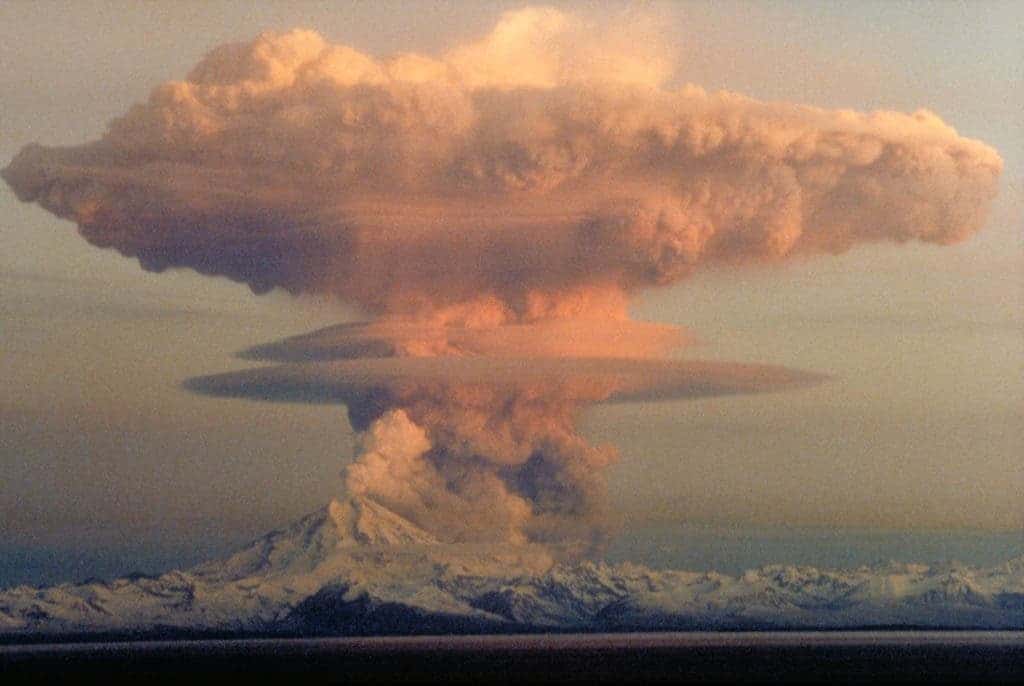
Volcanic eruptions come in many sizes and “flavors”. There are the basic, almost harmless lava flows like in Hawaii, the small rock-throwers, the pyroclastic flows, and then there are the really big ones; on top of all eruptions, in terms of strength, are the so-called supervolcano eruptions, large enough to change life as we know it and potentially return humanity to a pre-civilization state. Needless to say, we’d want to know as much as possible about these eruptions.
Thankfully, they happen quite rarely. A 2004 study estimated that such eruptions (which throw over 1,000 gigatons of material) happen once every 45,000 to once every 714,000 years. There’s no fixed cyclicity and there’s an inherent variability of such estimates, but even at the lower end, that’s not a panic-inducing figure. After all, 45,000 years is much longer than the time that has passed since mankind emerged as a proper civilization. But a new study concluded differently.
Researchers from the University of Bristol’s Schools of Earth Sciences and Mathematics report that, according to their analysis, the average time between such eruptions is only slightly greater than the age of our civilization. Jonathan Rougier, Professor of Statistical Science, says the “best guess value” is once every 17,000 years:
“The previous estimate, made in 2004, was that super-eruptions occurred on average every 45 – 714 thousand years, comfortably longer than our civilization.”
“But in our paper just published, we re-estimate this range as 5.2 – 48 thousand years, with a best guess value of 17 thousand years.”
They reached this conclusion by analyzing a large database. The difference doesn’t necessarily come from a different type of analysis or statistical approach, it comes from the fact that we now we have access to a larger database than we did a decade ago. Basically, we’ve had enough time to do more studies and we now know more about eruptions than we did in 2004.
Based on these recent figures, we’ve been quite lucky to evade supereruptions in our recent history, but it’s also important to note that volcanic activity follows no strict cycle or pattern. Just because eruptions tend to happen with this periodicity doesn’t mean they’ll always stick to it.
“On balance, we have been slightly lucky not to experience any super-eruptions since then,” Rougier added in a statement. “But it is important to appreciate that the absence of super-eruptions in the last 20,000 years does not imply that one is overdue. Nature is not that regular.”
The chances of such an eruption happening in the next 1,000 years is relatively small, and our civilization will change in unforeseeable ways in the next thousand years (just think of how much has changed in the past century). Furthermore, researchers argue, there are other issues far more pressing than a supervolcano eruption.
Journal Reference: ‘The global magnitude-frequency relationship for large explosive volcanic eruptions’ by J. Rougier, S. Sparks, K. Cashman, and S. Brown, in Earth and Planetary Science Letters.






